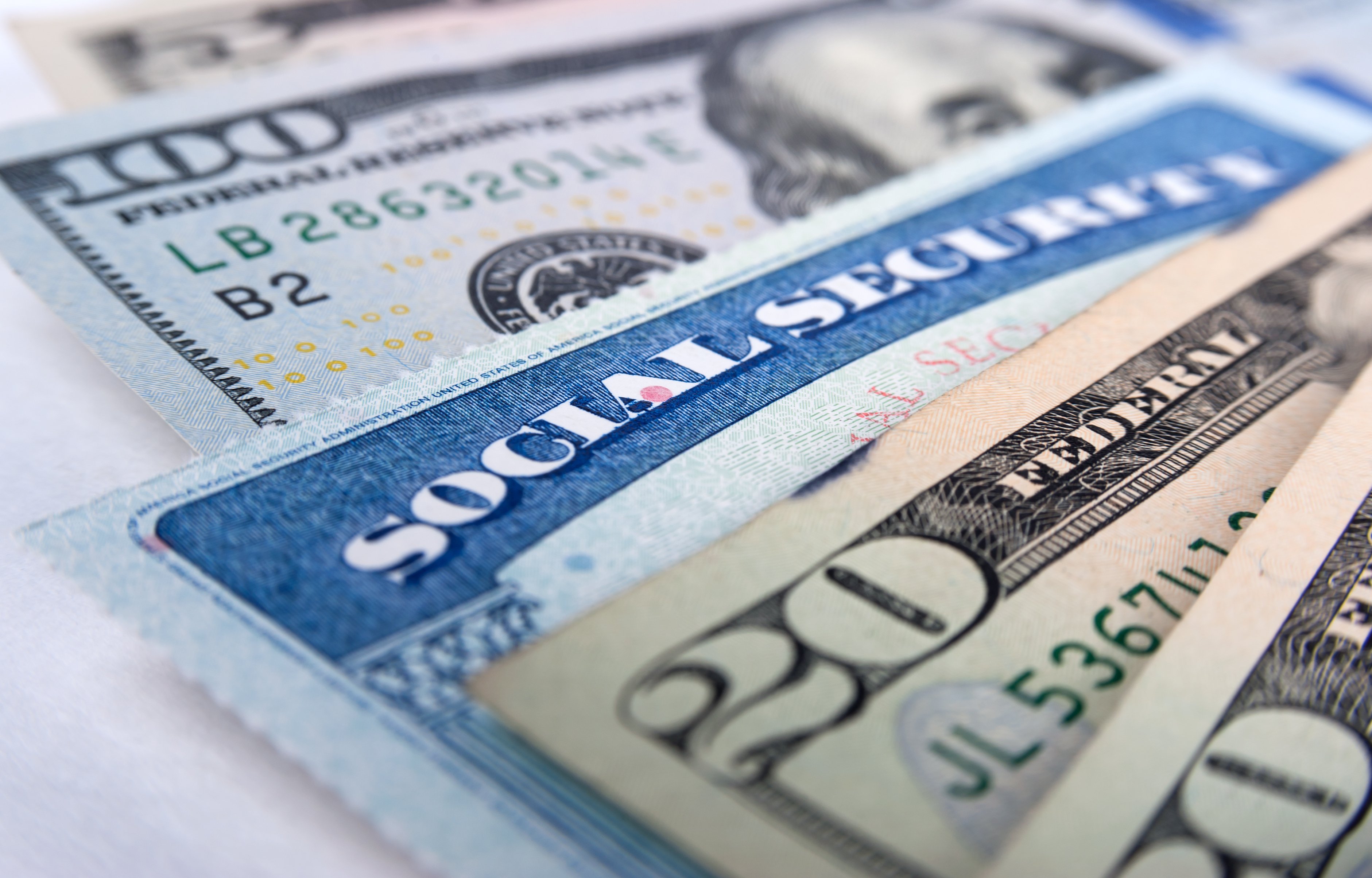Though Thanksgiving is one of those holidays that generally isn't too kind to your waistline, it may be kinder to your wallet than you'd expect. According to data from the American Farm Bureau, the average American spent just $50.11 last year on a Thanksgiving meal for 10. And we're not just talking turkey and a couple of skimpy sides -- we're talking a 16-pound bird plus stuffing, sweet potatoes, cranberries, bread, and dessert, all for just $5 a person.

IMAGE SOURCE: GETTY IMAGES.
Of course, we won't all get away with spending just $50 on a Thanksgiving feast this year. You'll notice that the $50 figure does not include alcohol, which can double or triple the cost of a large meal. Also, while 10 is certainly a lot of mouths to feed, some of us will cram even more bodies around the Thanksgiving table this year, thus raising our overall cost. But the point is that it is possible to provide a complete, nourishing meal for just $5 a head. It really goes to show that when you cook at home instead of paying a premium for prepared foods, you stand to save quite a bit of money -- money that could go a long way toward retirement and other important goals.
Stop overpaying for food
It's not a secret that restaurants typically charge a 300% markup on the food they serve. What this means is that a $12 menu item really only costs an establishment $4 to prepare. Or, to put it another way, if you were to order your Thanksgiving dinner for 10 from a restaurant, you'd probably wind up spending triple. Talk about a waste of money.
But while many of us are willing to bust out the pots and pans to whip up a Thanksgiving feast, we're apparently less inspired to spend time in the kitchen during the rest of the year. According to the Bureau of Labor Statistics, in 2015, the average American household spent a total of $3,008 dollars on food away from home -- only about $1,000 less than what was spent on food prepared in the home.
So let's say you spend about $3,000 a year for food prepared outside the home -- which really means you pay $2,000 more than necessary for the convenience of not having to do your own cooking. You might think it's a luxury well worth the money, but imagine what that $2,000 could do for your finances instead.
Better ways to use that money
For one thing, $2,000 could be a great start to an emergency fund if you don't already have one. We're all supposed to have enough savings to cover three to six months of living expenses, but many of us are falling frighteningly short. In fact, according to a study by the Federal Reserve Board, nearly half of Americans don't have enough cash in the bank to cover a $400 emergency. If you're behind on emergency savings, that extra $2,000 a year could go a long way toward helping you establish a financial safety net.
Another great use for that $2,000 is none other than a retirement account. If you stick that money in an IRA or 401(k) each year rather than blow it on restaurant meals and takeout, and your investments generate an average annual 6% return (which is actually well below the stock market's average), after 30 years, you'll have $158,000. That kind of money can spell the difference between a cash-strapped retirement and one that's far more comfortable.
Finally, if you're carrying a credit card balance, you should absolutely stop wasting money on prepared food and use that cash to pay down your debt. Let's say you owe $2,000 and it takes you two years to pay it off at 15% interest. By the time you unload that debt, you'll have thrown away about $330 on interest charges. On the other hand, if you take the money you would've spent on restaurants, apply it to your debt, and cut your payback period in half, you'll slash those interest charges in half.
While it may be more convenient and culinarily satisfying to buy restaurant food rather than make it at home, the money you spend to do so could clearly be put to much better use. So as you get set to prepare your Thanksgiving feast, think about all the money you're saving by cooking, and pledge to uphold that practice as we head into the new year. It's an easy way to bring yourself closer to meeting your financial goals -- and that's something to be thankful for.





